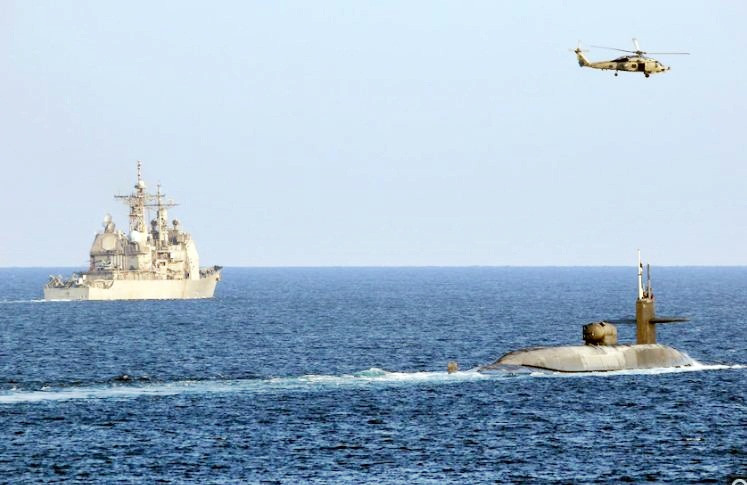In a significant move reflecting the escalating tensions in the Middle East, the U.S. Department of Defense has announced the deployment of additional missile systems and troops to the region. This decision comes in the wake of increasing hostilities and threats from Iran and its affiliated proxy forces.
The Pentagon, in a recent statement, confirmed its intention to dispatch two of its most potent anti-missile weapons to the Middle East. The Terminal High Altitude Area Defense (THAAD) system, along with additional Patriot air defense missile system battalions, will be stationed at various strategic locations throughout the region. While Defense Secretary Lloyd Austin refrained from specifying the exact number of battalions or their intended destinations, he did mention that an "additional number" of American troops have been placed on prepare-to-deploy orders. This move follows the recent deployment of two aircraft carriers, their support vessels, and approximately 2,000 Marines to the Middle East, as reported by Reuters.
The decision to bolster U.S. military presence in the region is not isolated. It follows the release of two American hostages by Hamas for "humanitarian reasons." The hostage situation remains complex, with Israeli Defense Force officials estimating that Hamas holds around 203 Israelis. In contrast, Hamas claims to have taken 200 hostages, with other militant factions reportedly holding an additional 50 individuals.
The Biden administration, two years prior, had withdrawn air defense systems from the Middle East, citing a decrease in tensions with Iran. However, recent events have painted a different picture. The U.S. has witnessed a surge in attacks against its forces stationed in Iraq and Syria. Notably, at least six such incidents have occurred since Hamas launched a deadly assault on Israel on October 7. A military base in Syria, utilized for training U.S. troops, was targeted by drones last Thursday. While one drone resulted in minor injuries, another was successfully intercepted and destroyed. Furthermore, rockets struck another military base hosting U.S. forces near Baghdad's international airport last week. More rockets were reported targeting the Ain al-Asad air base, which accommodates U.S. and other international forces in western Iraq. In a separate incident, a U.S. Navy vessel near Yemen intercepted three land attack cruise missiles and several drones, believed to have been launched by Iranian-backed Houthi rebels.
Secretary of State Antony Blinken, addressing the situation, expressed concerns over the anticipated escalation by Iranian proxies against U.S. forces. He stated, "We are concerned, in fact, we expect, escalation by Iranian proxies against our forces, directed against our personnel. But if that happens, we're ready for it."
The situation in the region remains fluid, with reports suggesting that Israel is preparing for an "imminent" ground invasion of northern Gaza. Leaflets have been distributed, urging residents of northern Gaza to relocate southward to avoid potential conflict zones. The U.S., along with its allies, has emphasized the importance of meticulous planning to prevent civilian casualties in any forthcoming operations.
The Middle East, a historically volatile region, is once again at the crossroads of major geopolitical shifts. The U.S.'s decision to reinforce its military presence underscores the gravity of the situation and its commitment to ensuring stability in the area.






